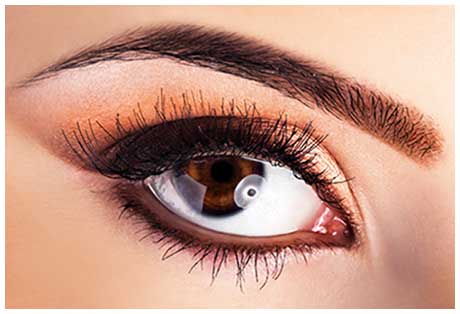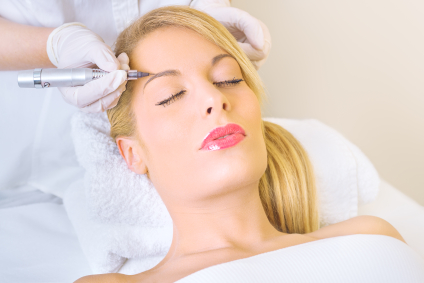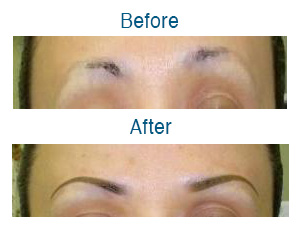
Liz Fisher
Licensed Electrologist / Licensed Laser Practitioner / Owner / Permanent Makeup
Owner, L.E., C.L.S., Liz Fisher is a Licensed Electrologist and Certified Laser Specialist and has been specializing in hair removal for over 15 years. Certified by the American Institute of Intradermal Cosmetics, Liz is also a cosmetic technician for permanent makeup. Read More...





